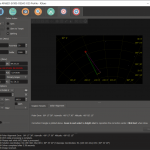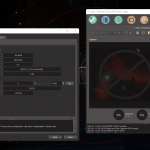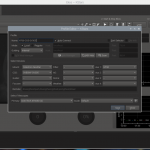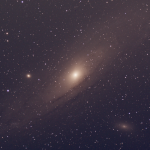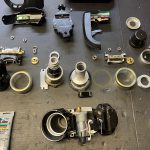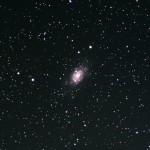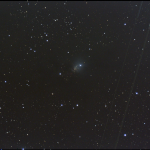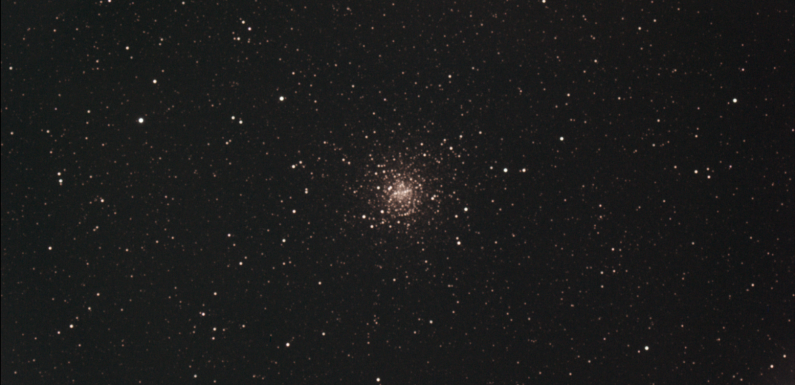
A warm day and a warm, in the upper 70s, clear night. I set up to capture a few globular clusters for my Messier Log and I ended up observing a total of 8 Messier globular clusters, a couple of nebula, and a comet! Very nice night and a great time observing.
The rail I needed to mount the guide scope showed up yesterday so I got it mounted. I rebalanced everything and just after dark I did a visual polar alignment. I spent a little time getting the guide camera focused, but did not end up using it. I did not reshoot flats or darks tonight, I just used the ones from the EAA session a couple nights ago.
These EAA images were capture with my ZWO ASI294MC Pro through my SVBONY SV503 102ED scope with 0.8 Focal Reducer and live stacked using SharpCap Pro. The mount and cameras are remotely controlled with KStars/Ekos/INDI running on an Astroberry Raspberry Pi. The images have been resized and cropped for file size but otherwise appear just as I observed them.
M101, the Pinwheel Galaxy, a face-on spiral galaxy in the constellation Ursa Major. This was the first object I visited just to make sure all things were working (usually M81 and M82 do this job, but M101 wanted to give it a try). This is a live stack of 60 x 10 second exposures at 121 gain, bin 2×2.
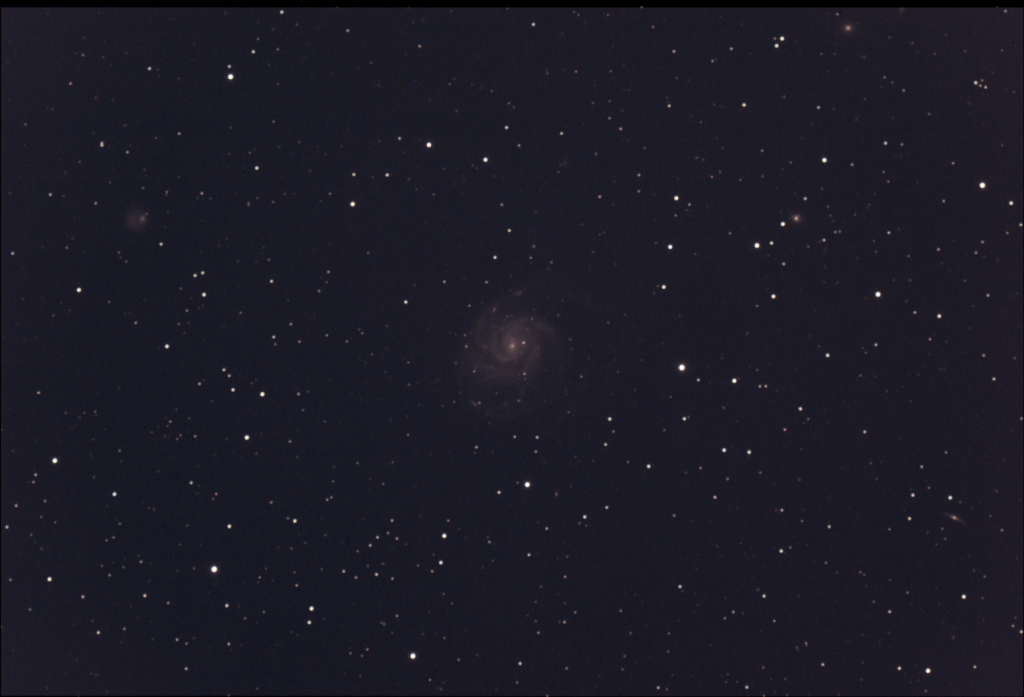
Looks nice and several of M101’s friends are also easily resolvable: NGC 5474 is up and to the left, NGC 5473 is up and to the right, NGC 5422 is down in the lower right near the edge, and NGC 5485 is up and to the right near the edge. Here’s the SharpCap Annotated image to help locate them all.
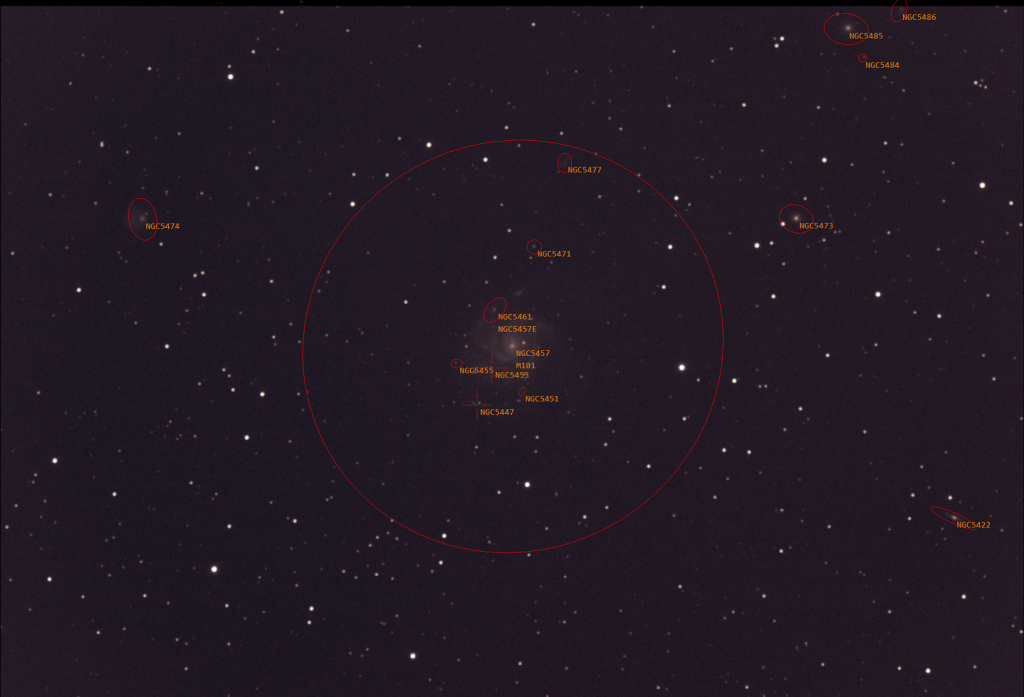
M92 a globular cluster of stars in the constellation of Hercules. This is a live stack of 30 x 10 second exposures at 121 gain, bin 2×2.
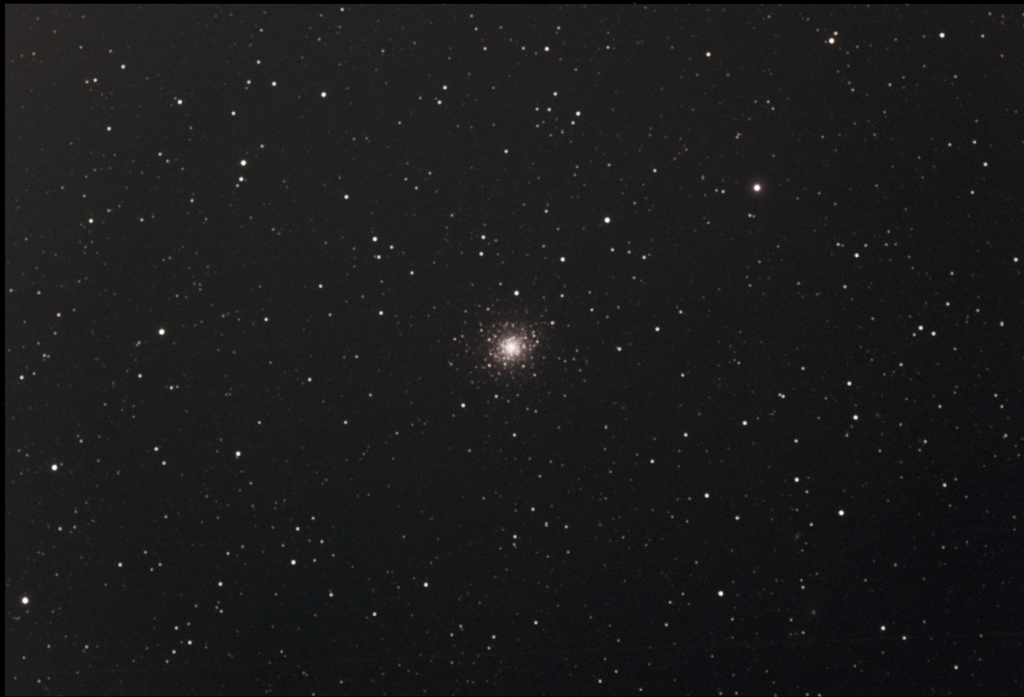
M10 a globular cluster of stars in the constellation of Ophiuchus. This is a live stack of 30 x 10 second exposures at 121 gain, bin 2×2.
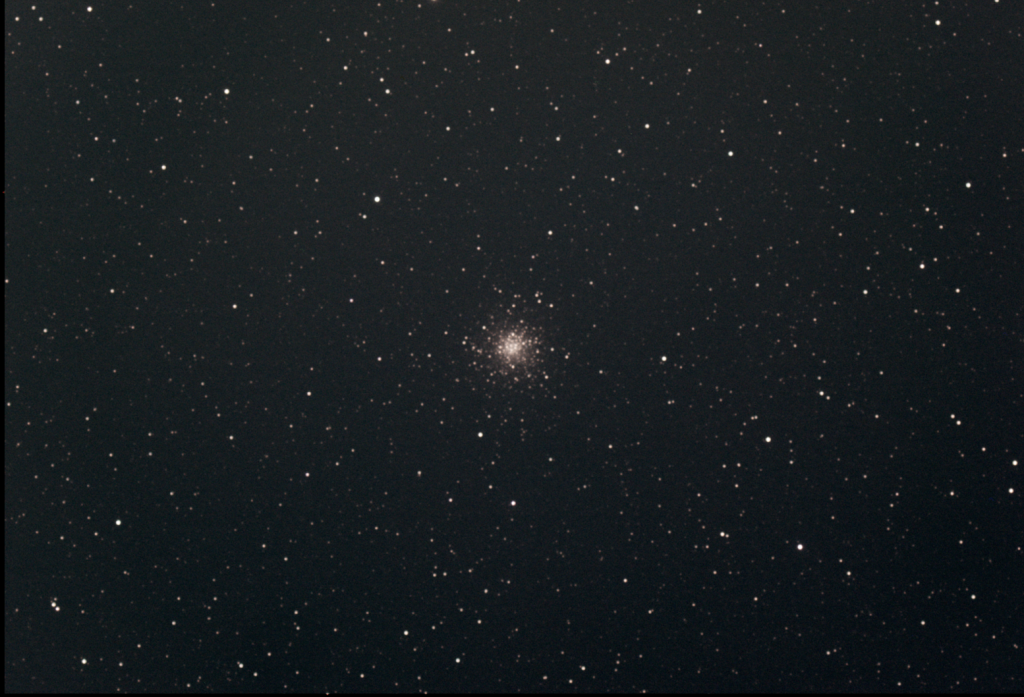
M12 a globular cluster in the constellation of Ophiuchus. This is a live stack of 30 x 10 second exposures at 121 gain, bin 2×2.
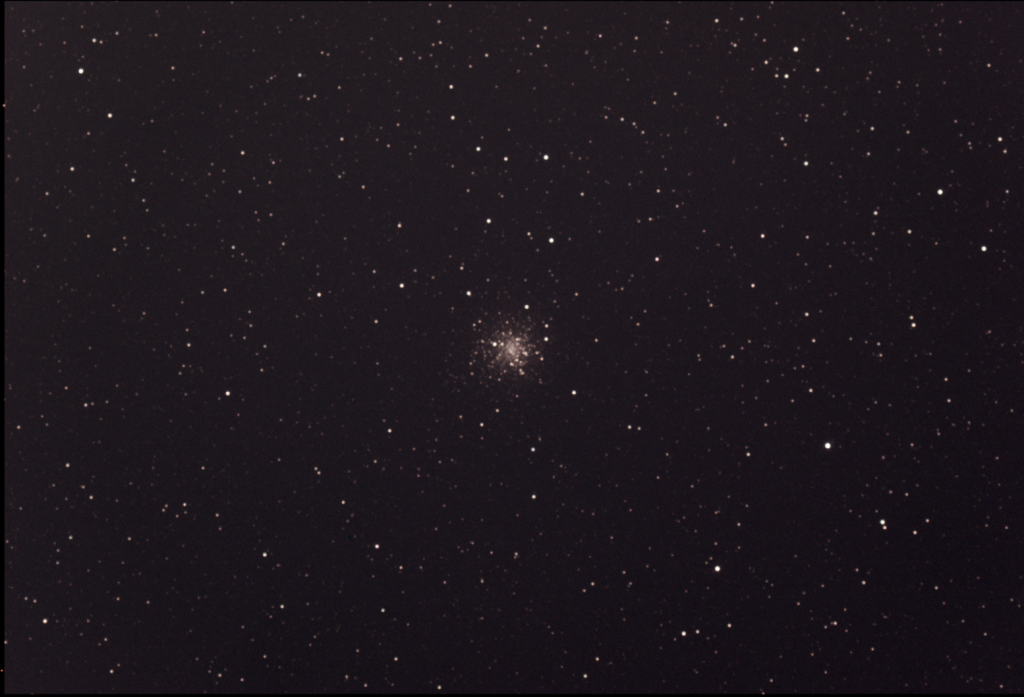
M107 a loose globular cluster in the constellation Ophiuchus. This is a live stack of 30 x 10 second exposures at 121 gain, bin 2×2.
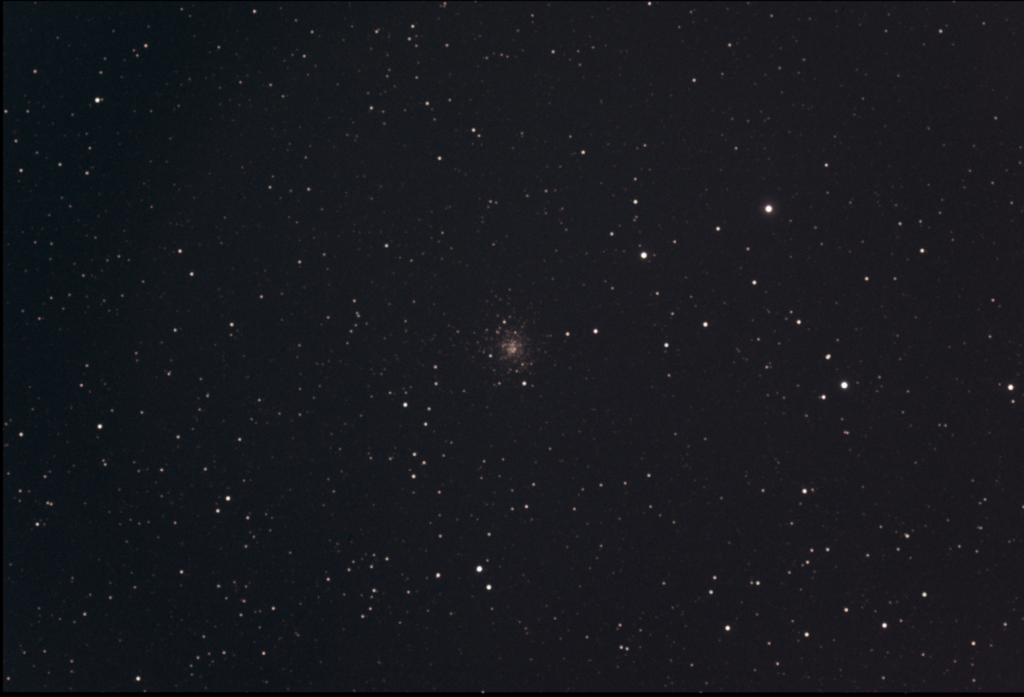
M56 a globular cluster in the constellation Lyra. This is a live stack of 30 x 10 second exposures at 121 gain, bin 2×2.
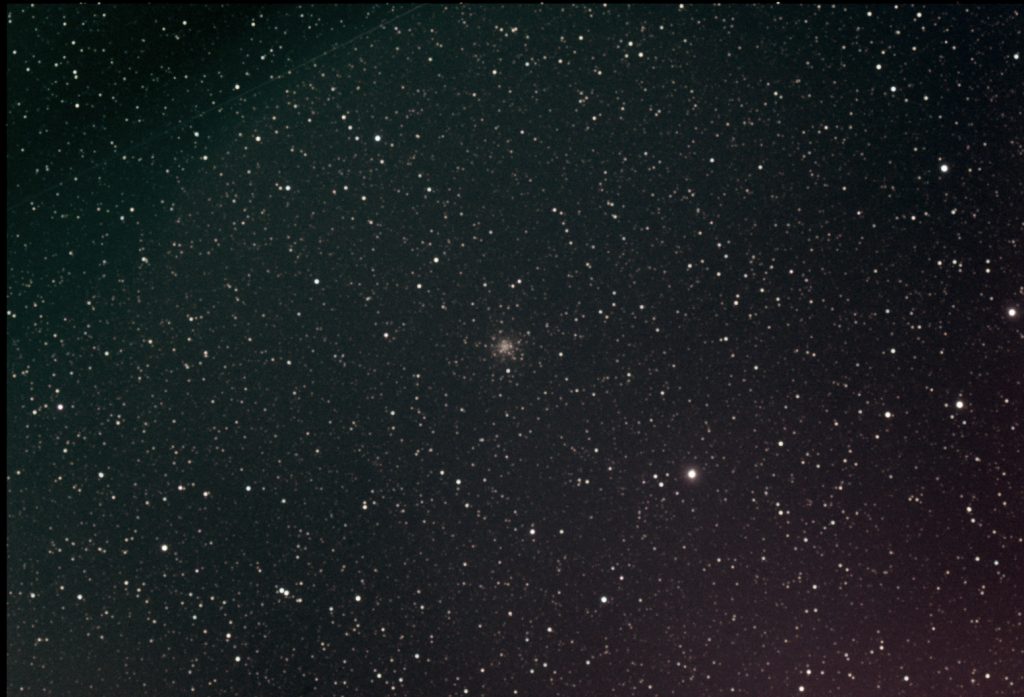
M14 a globular cluster of stars in the constellation Ophiuchus. This is a live stack of 30 x 10 second exposures at 121 gain, bin 2×2.
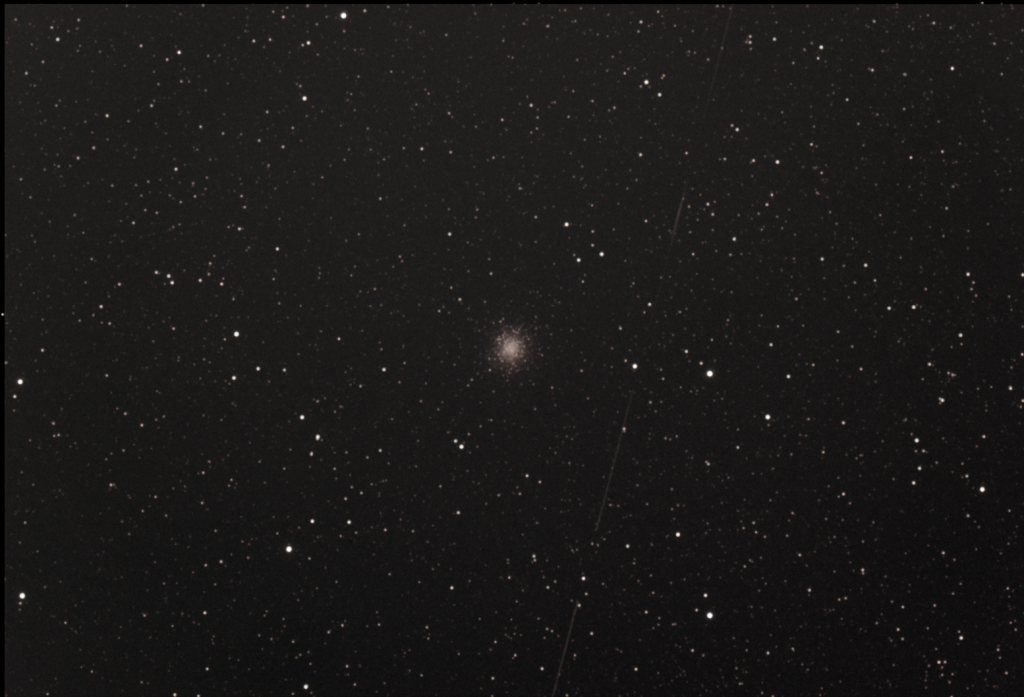
M80 a globular cluster in the constellation Scorpius. This is a live stack of 30 x 10 second exposures at 121 gain, bin 2×2.
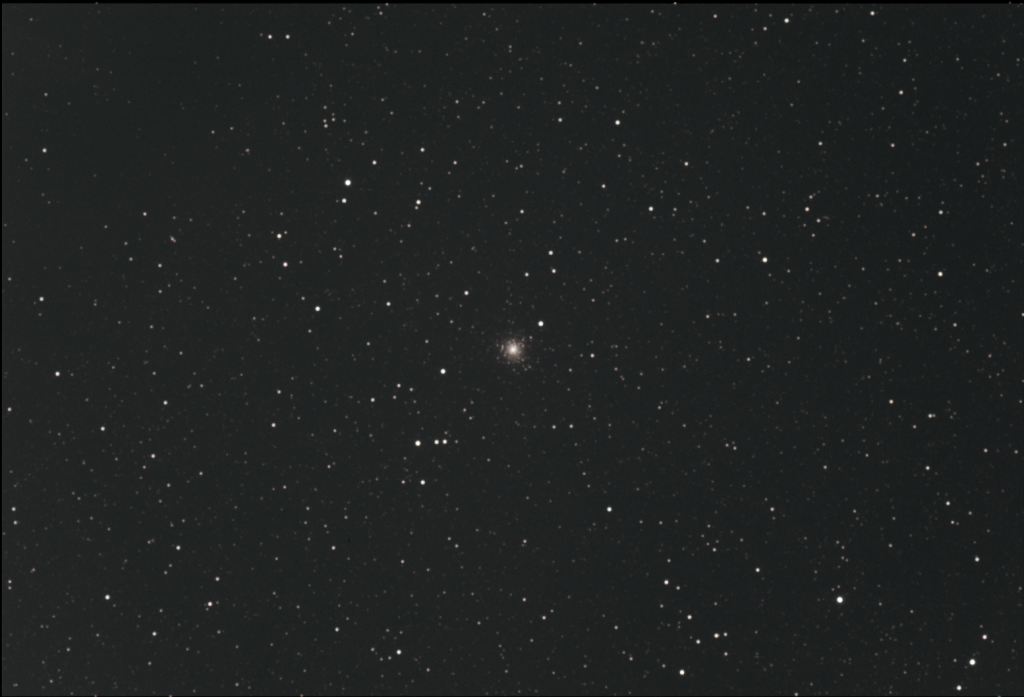
NGC 7023, the Iris Nebula, a bright reflection nebula in the constellation Cepheus. This is a live stack of 40 x 15 second exposures at 121 gain, bin 2×2.
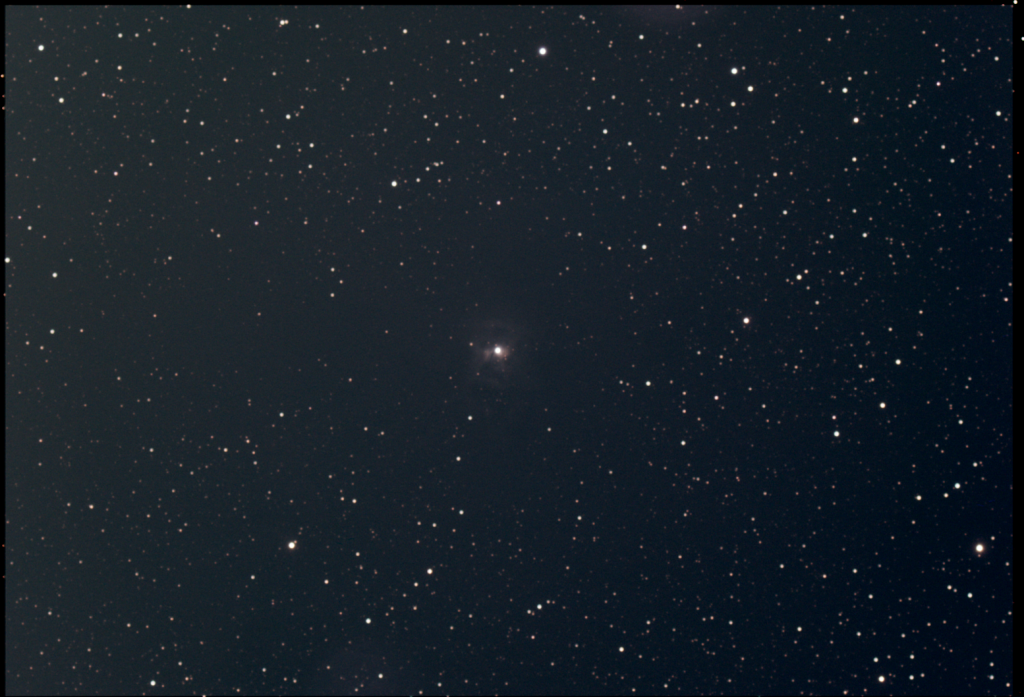
NGC 7023 is on the CloudyNight’s May 2022 EAA Observing Challenge list.
M4 a globular cluster in the constellation of Scorpius. This is a live stack of 30 x 10 second exposures at 121 gain, bin 2×2.
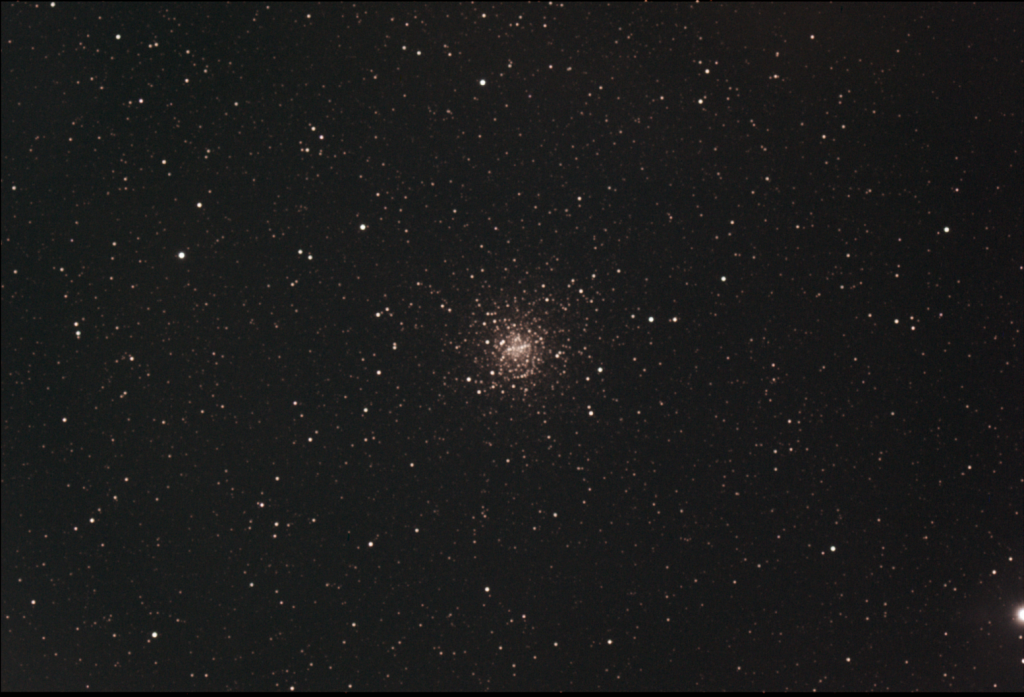
I had tried to catch M4 earlier in the night but it was hiding behind the garage. Glad I gave it another try cause it is really pretty, probably my favorite of the night.
C/2017 K2 (PanSTARRS) is an Oort cloud comet with a hyperbolic orbit. That’s right a comet! This is a live stack of 20 x 15 second exposures at 121 gain, bin 2×2.
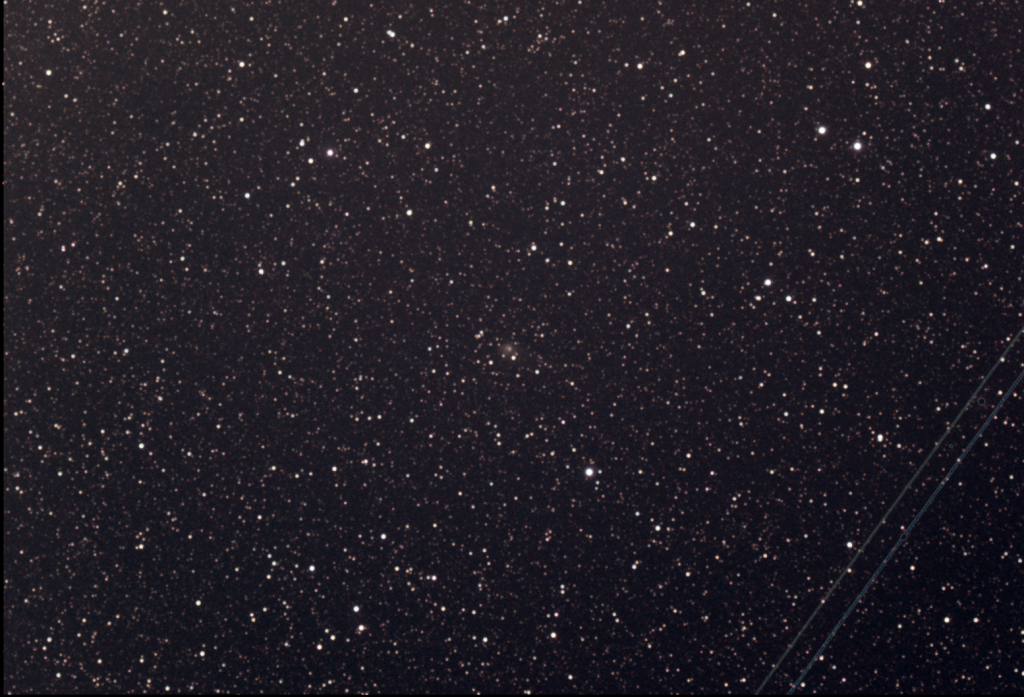
I was not really expecting to see the comet, it was showing on KStars so I figured I would give it a go. It is resolvable in the center of the image. Pretty cool.
IC 5070, the Pelican Nebula, is an H II region associated with the North America Nebula in the constellation Cygnus. This is a live stack of 20 x 15 second exposures, and then 30 x 20 second exposures for a total of 15 minutes at 121 gain, bin 2×2.
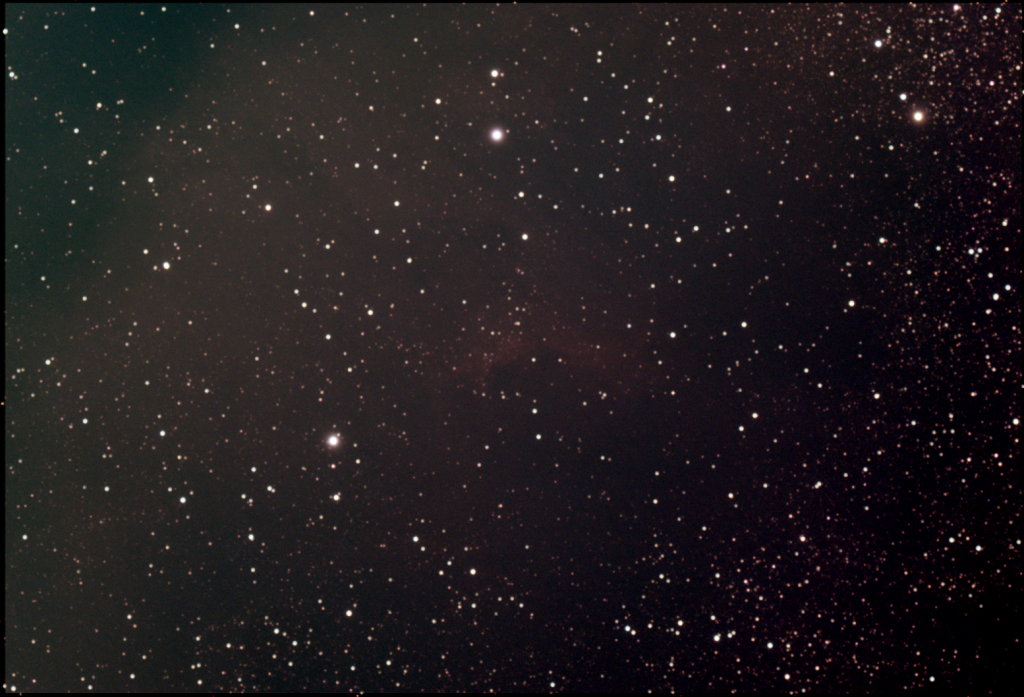
Can definitely see the nebula but not able to resolve much detail. I am going to revisit this one with a CLS or LPR filter to see if I can pull in some more detail.
At around 12:30 AM on 05/21/2022 I decided to call it a night. Another fun session with the SVBONY SV503 and I get to add a bunch of (8 is a bunch right?) globular clusters to my Messier Log.


